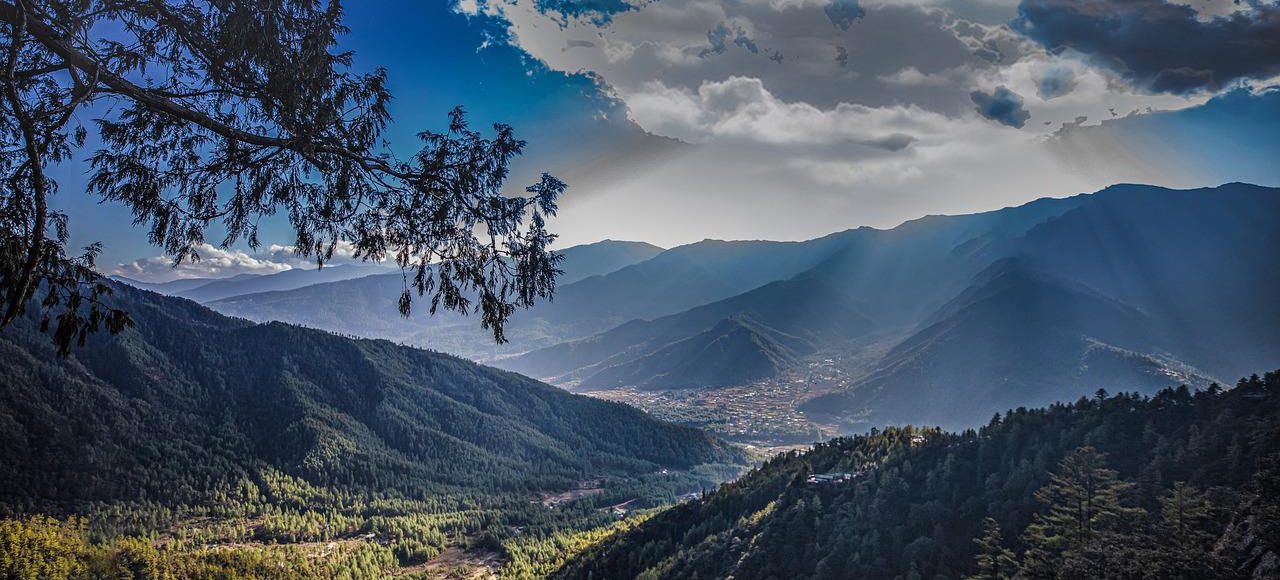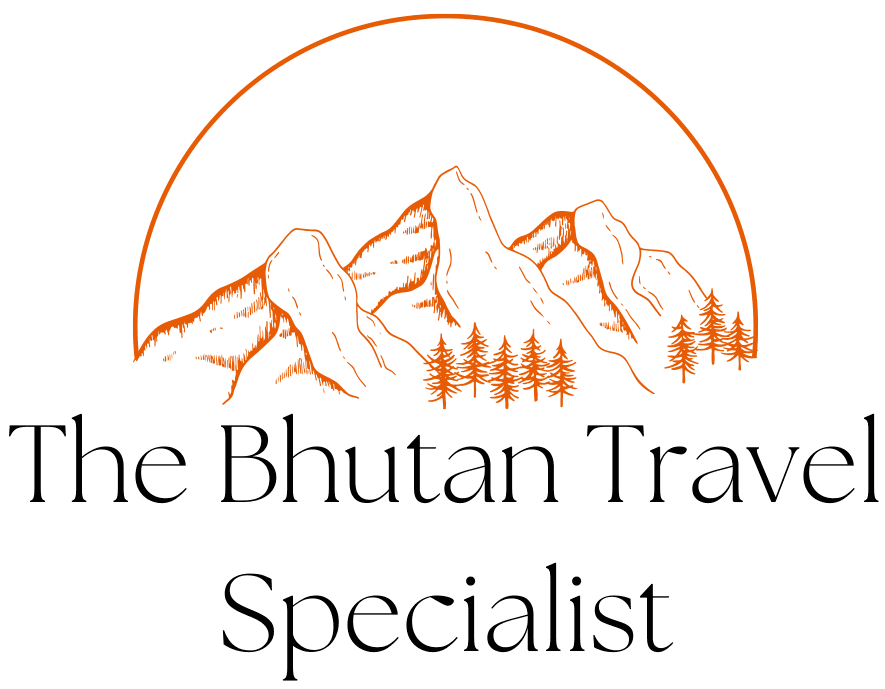Do not hesitate to give us a call. We are an expert team and we are happy to talk to you.
(+975) 17953762

Overview:
Embark on a captivating 4-day journey through the enchanting landscapes of Bhutan with our Paro-Thimphu Exploration. Begin your adventure with a visit to the historic Drukgyal Dzong and the ancient Kichu Lhakhang temple in Paro. In Thimphu, the capital city, immerse yourself in Bhutanese culture with an exhilarating hike to the iconic Taktsang Monastery and explore the fascinating Ta Dzong, now transformed into the National Museum. The tour reaches its pinnacle with a trek to Bumdra Monastery, offering breathtaking mountain views. Traverse the scenic trails and marvel at the majestic landscapes before descending via the famous Taktsang Monastery. Your journey concludes with a return to Thimphu, where you can discover the cultural treasures of Bhutan. This compact tour promises a rich blend of history, nature, and spirituality in the heart of the Himalayas.
Tour Highlights:
1. Drukgyal Dzong Ruins: Explore the historic fortress of Drukgyal Dzong in Paro, offering panoramic views of the awe-inspiring Mt. Jhomolhari.
2. Kichu Lhakhang: Visit Kichu Lhakhang, one of Bhutan’s oldest and most sacred temples, with a rich history dating back to the 7th century.
3. Thimphu Excursion: Drive to Thimphu, the capital city, and embark on a thrilling hike to the iconic Taktsang Monastery, perched on a cliffside with stunning views.
4. Ta Dzong and Paro Rimpung Dzong: Explore Ta Dzong, now the National Museum, and the majestic Paro Rimpung Dzong, showcasing Bhutanese architecture and history.
5. Bumdra Monastery Trek: Undertake a scenic trek to Bumdra Monastery from Sangchoekor Buddhist College, surrounded by the natural beauty of Bhutan.
6. National Memorial Chorten: In Thimphu, visit the National Memorial Chorten, built in honor of the late King Jigme Dorji Wangchuk, and explore Dupthop Lhakhang.
7. Cultural Exploration: Immerse yourself in Bhutanese culture with visits to landmarks like the National Library, the Painting School, and the unique Takin Preserve.
8. Spectacular Himalayan Views: Enjoy breathtaking views of the Higher Himalayas from Dochula Pass, enhancing the scenic drive between Thimphu and Punakha.
9. Punakha Dzong: Visit the historic Punakha Dzong, strategically located between Pho Chu and Mo Chu rivers, and marvel at its architectural grandeur.
10. Buddha Statue, Sangaygang Viewpoint, and More: Discover the landmarks of Thimphu, including the tallest Buddha Statue, Sangaygang Viewpoint, and Changangkha Monastery.
11. Culmination in Thimphu: Conclude your Bhutanese adventure with a relaxing day in Thimphu or extend your stay for further exploration.
Paro International Airport (Google Map)
After breakfast, depart from Thimphu or extend your stay for further exploration.
There are 19 languages spoken in Bhutan, but the national language is Dzongkha. English is used throughout Bhutan’s education system, so it is widely used and understood.
Bhutan is a year-round destination. There are four seasons: summer (June to August), autumn (September to November), winter (December to February) and spring (March to May). But because of the range of altitudes in the country, and the influence of the north Indian monsoons, the climate is incredibly varied.
In the south, the humid, subtropical climate is fairly consistent year-round, with temperatures between 15oC and 30oC. Central Bhutan, with its temperate forests, has a more seasonal climate, with warm summers and cool, dry winters. The northern regions are much colder during winter. Because of the high altitude, mountain peaks are snowy year-round and the lower reaches remain cool in summer.
In summer, the Indian monsoon season runs from late June or July to late September, mostly affecting the southern regions. Most farming activities take place in the summer, when crops thrive in verdant landscapes.
Autumn, from late September or early October to late November, follows the rainy season. It is characterised by bright, sunny days and some early snowfall at higher elevations. It’s the season of feasts and festivals as farmers reap the fruits of their work.
From late November until March, the crisp, clear and sunny winter sets in, with frost throughout much of the country and snowfall common above elevations of 3,000 metres. The winter northeast monsoon brings gale-force winds at the highest altitudes through high mountain passes, giving Bhutan the name Drukyul, which means Land of the Thunder Dragon in Dzongkha (Bhutan’s national language).
Bhutan’s generally dry spring starts in early March and lasts until mid-April. It is a botanist’s delight, with nature in full bloom. Summer weather commences in mid-April with occasional showers and continues to late June.
Bhutan’s currency is called ngultrum. It’s 1:1 with Indian rupees.
Three different electrical plugs are used throughout Bhutan: the British plug (three square pins, compatible with type G sockets), the European plug (two round pins, compatible with type C socket) and the Indian plug (three thick round pins, compatible with type D sockets). It’s a good idea to bring adaptors for all three.
For telephone calls, Bhutan’s country code is +975. Make sure you add this to the beginning of any number if calling Bhutan from abroad.
You can apply online for a visa by completing this application form, or if you’re travelling with a tour operator, they may apply on your behalf. Read more about the visa here.
Visitors from Bangladesh and the Maldives requiring a visa can apply either online before travelling or in person upon arrival in Bhutan.
There is a one-off fee of US$40 for the processing of your application. This is payable at the same time as your Sustainable Development Fee (SDF), as part of the process of submitting your visa application.
The SDF is USD 100 per night for adults from all countries except for India. Children aged between 6 years and who have not yet turned 12 are eligible to pay USD 50 per night. Children who have not yet turned 6 years old do not have to pay any SDF.
The SDF for Indian nationals (showing a valid Indian passport or Voter ID card) is Nu. 1,200 (or the equivalent amount in Indian rupees) per person, per night. Children aged between 6 years and who have not yet turned 12 are eligible to pay Nu./INR 600 per night. Children who have not yet turned 6 years old do not have to pay any SDF.
Tourists visiting Samtse, Phuentsholing, Gelephu, and Samdrupjongkhar towns for 24 hours need not pay Sustainable Development Fee (SDF) beginning April 14, 2023. The waiver will be enforced for a year. The SDF waiver will only apply for tourists who do not travel beyond the designated zones of border towns. However, SDF will apply for visitors who travel beyond the designated zone of border towns.
Tourists will be charged SDF if they go beyond Gurung Basti in Samtse, and beyond Rinchending Checkpost in Phuentsholing. The designated zone in Gelephu is at Aipoli Bridge and Pinchinna checkpost in Samdrupjongkhar.
